Solomon and Sheba (1959) Watch Online
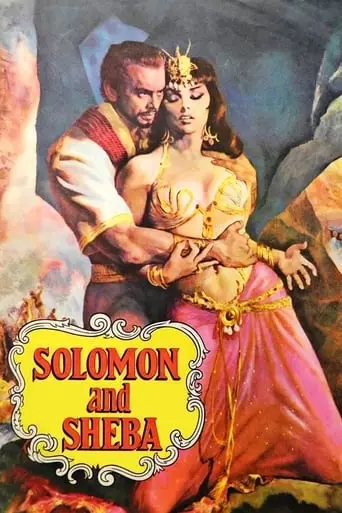
Solomon and Sheba (1959) Watch Online
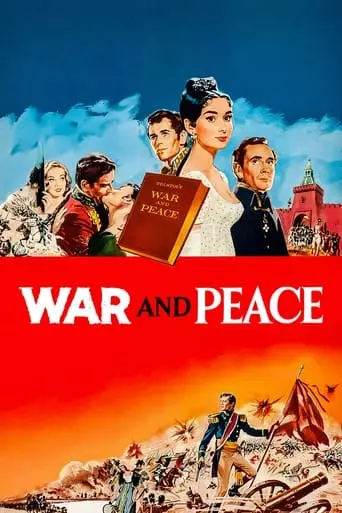
War and Peace (1956) Watch Online
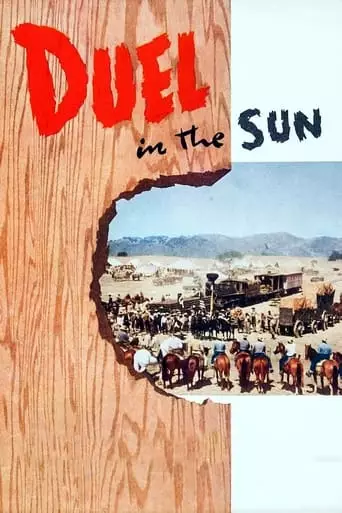
Duel in the Sun (1946) Watch Online
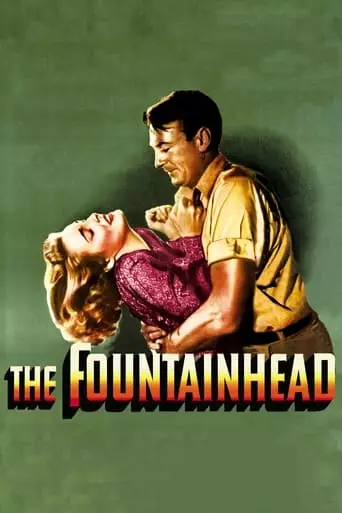
The Fountainhead (1949) Watch Online
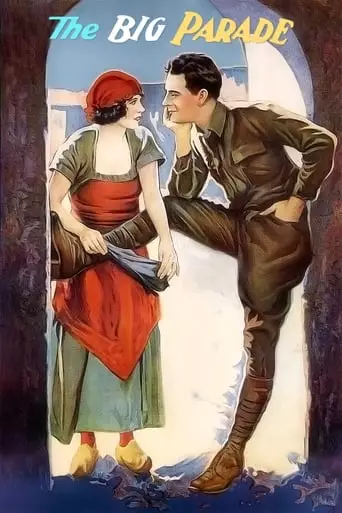
The Big Parade (1925) Watch Online